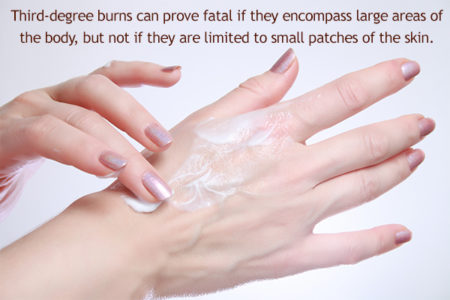

A person with frostbite can place affected body parts in warm water until normal color returns. Covering a person who has frostbite with blankets will help keep them warm and protect frostbitten body parts. Remove all wet clothes and replace them with dry ones. However, avoid rubbing or massaging an area to warm up soft tissue that has undergone third- or fourth-degree frostbite as this can sometimes increase tissue damage.Ī person with frostbite should move from cold temperatures to a warm room or environment. Treatment focuses on warming or thawing the frostbitten areas. Share on Pinterest Keeping warm to thaw areas that have frostbite is the main focus of treatment. Cardiovascular collapse and sepsis can also occur.Īll of these conditions can be fatal. In DIC, small blood clots form in the blood vessels. If the person does not receive swift treatment or if the finger, toe, or limb does not undergo amputation, gangrene may lead to disease throughout the body, which could be life-threatening.įrostbite can lead to systemic diseases, such as disseminated intravascular coagulation (DIC). Amputation may be necessary for areas that become gangrenous, such as fingers or toes, to prevent the spread of tissue death. People with extreme frostbite might develop gangrene. Some people may lose the use of an extremity, for example, a foot or a hand. Muscles, blood vessels, nerves, and tendons freeze. In people with the most severe presentations of frostbite, the damage penetrates deeper, causing deep tissue injury. The decreased sense of heat and cold may be permanent. These blisters may turn black and become hard, taking 3–4 weeks to heal.Ī person with second-degree frostbite who has nerve damage might experience numbness, pain, or total loss of sensation in the area.
#4th degree burn symptoms skin#
This may cause the skin to freeze and harden but does not affect the deep tissues.Īfter 2 days, purple blisters may develop in areas that froze. However, an area of skin with first-degree frostbite may lose sensitivity to heat and cold for a short period. Due to its surface-level impact, frostnip does not usually cause permanent damage. The skin then develops white or yellow patches and may become numb. This only affects the surface of the skin.Įarly symptoms are pain and itching. However, not all of these deaths were frostbite-related.ĭoctors categorize frostbite in degrees depending on severity in a similar way to burns. The physical damage from frostbite can be severe and long-lasting.įrostbite can affect any part of the body but usually occurs on the hands, ears, feet, nose, and lips.Īccording to the Centers for Disease Control and Prevention (CDA), there were 16,911 deaths due to extreme cold between 19 in the United States. Gangrene may result, possibly leading to amputation. The tissues and fluids in the affected part may freeze, causing soft tissue to die. Tiny blood clots might occur as circulation decreases. When temperatures drop to freezing, the blood vessels near the surface of any exposed skin start to narrow in an attempt to preserve heat at the center of the body. This pain is probably caused by frostnip, which refers to the early stages of frostbite.

When parts of the body do not receive enough oxygen-rich blood, the cells and tissues may die.Īt freezing point, which is 32 degrees Fahrenheit (✯), or zero degrees Celcius (✬), a person might begin to feel pain after just a few seconds. Such body parts include the fingers, toes, hands, and feet. In extremely cold temperatures, or if a person experiences exposure to freezing conditions for an extended period, blood flow to certain parts of the body can drop to dangerously low levels. Share on Pinterest Frostbite occurs in extremely cold temperatures or after prolonged exposure to freezing conditions.


 0 kommentar(er)
0 kommentar(er)
